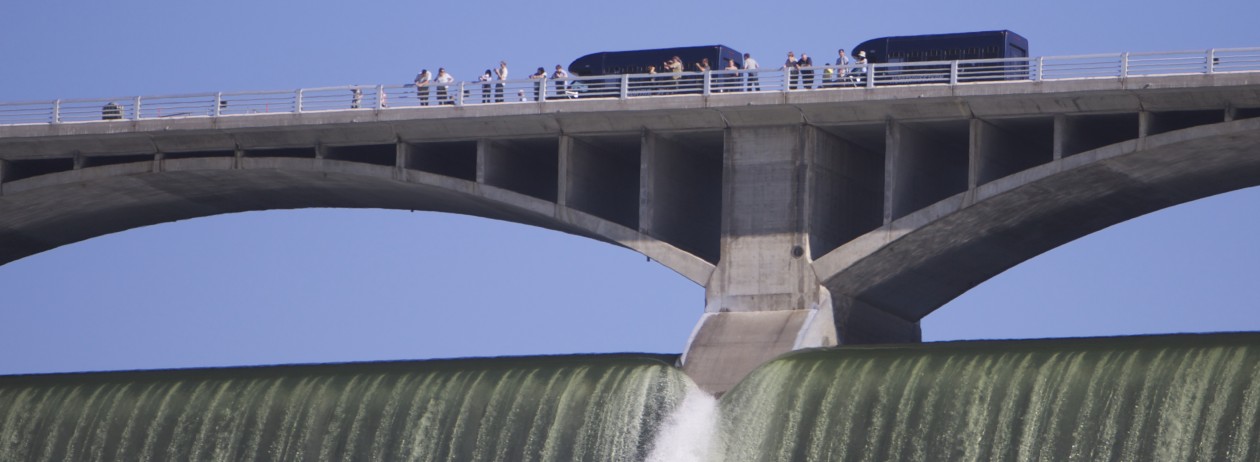
Anglers 17 and older can get $10 dollars a head for Northern Pike caught in the area. The Colville Tribes Fish & Wildlife issued a press release with all the details including rules to follow, and that 216 pike heads have been turned in so far for a total payout of $2,160 dollars. The program started May 1 and ends on December 31, allowing anglers ample time to catch their limit of 59 pike each. The full press release is below.
Northern Pike Program Pays Off
The Colville Tribes’ Fish and Wildlife Department (CTFW) announces that its Northern Pike Rewards Program is in full swing as 216 pike heads have been turned in for a payout of $2,160 to anglers. The program started on May 1 and will end on December 31, allowing anglers ample time to catch their limit of 59 pike each.
“We are processing reward payments monthly and we expect more pike to be turned in once the reservoir refills and the weather is nicer,” said Holly McLellan, fisheries biologist for CTFW. “We want to make sure people turn their fish heads in by the end of each month. All size pike count for a payout, even small fish.”
There are two locations for anglers to take their fish heads. One is located at the Noisy Water Gas Station and one is set up near the Park Service at the Kettle Falls fish cleaning station.
CTFW recently expanded the capture area from Grand Coulee Dam to Wells Dam. Therefore, you may submit your pike head(s) to the Nespelem Fish and Wildlife Office until such time a new drop off location is developed.
“We appreciate the publics support for the program and we look forward to working with local anglers to protect the Lake Roosevelt ecosystem,” said McLellan. “We are receiving positive feedback from the public about the program. Anglers want to help protect the Lake Roosevelt fishery.”
The three co-managers (Colville Tribes, Spokane Tribe of Indians, and WDFW) of Lake Roosevelt removed 1,058 pike in 2017. “We have documented pike moving downstream as far as Barnaby. We will continue our removal efforts all year as a way to stop the pike population from exploding in Lake Roosevelt and moving downstream,” she said.
At this time, no angler has made it to the $590 maximum payout. Anglers participating in the Northern Pike Reward Program must adhere to the following:
- Comply with all applicable state/tribal fishing regulations for the area in which you fish. Contact your local state/tribal fishery agency for license requirements and current fishing regulations.
- Provide true and accurate information to authorized program representatives regarding the taking, possession, delivery, transportation, or any other use of fish caught while participating in the Northern Pike Reward Program.
- Comply with the directions of authorized program personnel related to the collection of sampling data and angler participation in the Northern Pike Reward Program.
- Anglers must completely fill out the Pike Head tag information at the designated drop off area. Fish heads must be placed in a freezer bag, with the head label and dropped into the freezer.
- Fish must have been caught in the main stem Columbia River from Wells Dam upstream to the Canadian border, the Spokane River upstream to Little Falls, or the Kettle River. A random number of heads will be selected for microchemistry analysis to confirm the fish’s origin.
- There are no size restrictions on Northern Pike that are eligible for the reward.
- Participants may receive $10 for every Northern Pike head deposited into the designated freezers, up to an individual maximum of $590 per calendar year. The total funding available for awards in this program is $10,000. No awards will be paid out once the program limit is reached.
- All participants must be 17 years or older to receive the reward.
- All fish to be redeemed for the reward must have been personally caught solely by the angler submitting them for the reward.
- Fish heads must be in good condition and clearly identifiable. Unidentifiable heads will not be accepted or awarded.
- Violations of any of the above rules may result in participant disqualification from the Northern Pike Reward Program.
- The Northern Pike Reward Program can be suspended or terminated at any time at the discretion of the Colville Tribes Fish and Wildlife program.
For more information on the program, go to www.colvilletribes.com, scroll to Natural Resources and then to the Fish and Wildlife page.
Like this:
Like Loading...

 re we live,” said a young mom watching her kids at the uncrowded beach, although she lives in Lake Stevens in western Washington.
re we live,” said a young mom watching her kids at the uncrowded beach, although she lives in Lake Stevens in western Washington.






